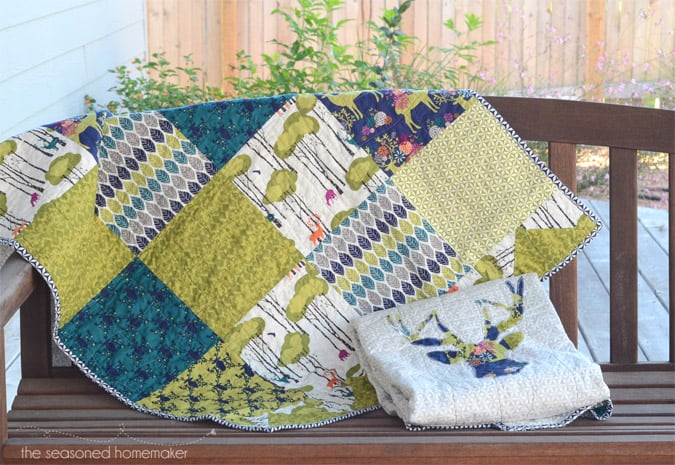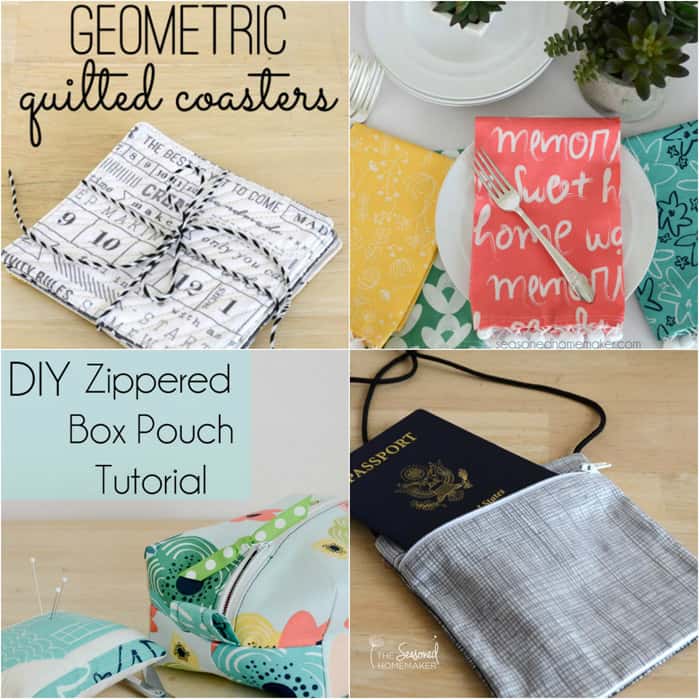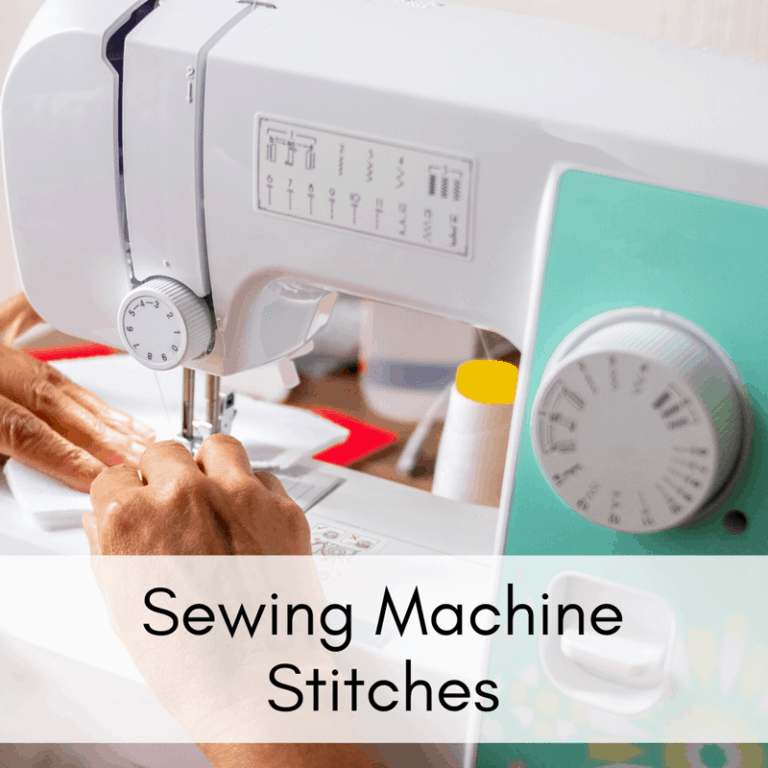Finding the Time to Sew
This post may contain affiliate links which won’t change your price but will share a commission.
Inside: Finding the Time to Sew
Do you struggle with finding the time to sew? Does it seem like time slips away before you can even begin a project?
Today, I want to start a long conversation on the topic of finding the time to sew. I want everyone to share ways you find the time to sew. What works and what doesn’t work. How to sew when you have a full-time job. Sewing without a dedicated space. Sewing around family, household chores, and daily life.
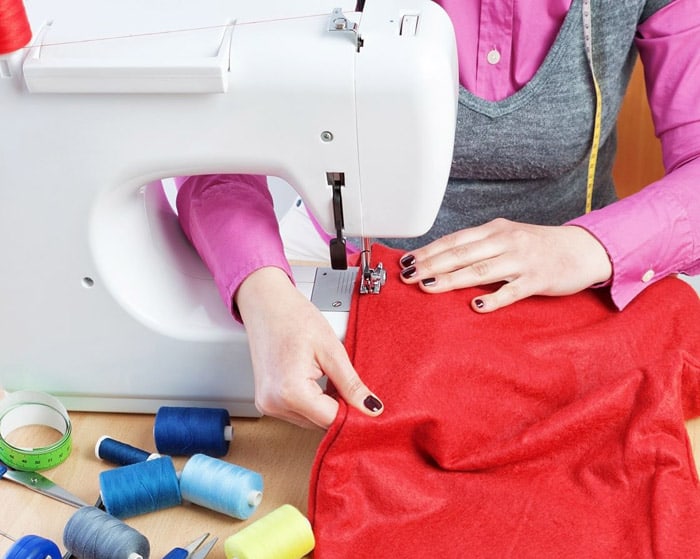
Finding the Time to Sew
When I think of finding time to sew I think about something I call the Sewing Space-Time Continuum. You know the one I’m talking about where you sit down to sew for 15 minutes and three hours later you are still MIA.
It’s like the minute your foot hits that sewing machine pedal you enter a sewing black hole and sometime in a distant future you find your way back to reality.
Here’s an example
You notice that your husband is cleaning up the kitchen so you think, “Ah, I have fifteen minutes. I’ll just whip up that quilt block I’ve been planning. It’ll only take a few minutes.”
Next thing you know the sun is rising in the East.
That, my friends, is the Sewing Space-Time Continuum.
The Reality
In reality the problem isn’t time, it’s time management. Back to my quilt block example above. Yes, a quilt block can likely be sewn in fifteen minutes, however, everything must be ready to go for that to happen.
The quilt pieces must be pre-cut and ready to be sewn. The correct color thread and bobbin must already be loaded into the sewing machine. Scissors, rotary cutters, mats, iron and ironing board, etc. must all be in place ready to go. That way, when you can grab fifteen minutes to sew your quilt block all you have to do is run to your sewing space, sit down, and sew the block.
Have a Plan
If you know that sewing time is difficult to come by in your life then you are going to have to have an organized plan or sewing will never happen.

Below are a few suggestions to help you get a plan. Before you ever sew your first stitch, you need to have taken care of a few things ahead of time.
- The Sewing Machine: (10-15 minutes) If you can only sew in small units of time then you will need to have your sewing machine ready to go. Be sure that the machine is cleaned and oiled from your last project. Have the correct needle for the project loaded into the machine. In an ideal sewing world, you would have a dedicated space for your sewing machine. Also, there should be an iron and ironing board close by.
- Project Boxes: (10-15 minutes) Put everything for a particular project into a clear plastic storage box. Think about everything you’ll need for the project like the pattern, fabric, scissors, notions, pins, fabric markers, tracing paper, tracing wheel, etc.
- Wrap it Up: (10-15 minutes) I prefer to have everything for my project folded up in the fabric. That way I can set it out on my table and get started. With quilts this can be a little tricky if it’s a larger quilt, but for smaller projects like kids clothes, this method works great. Everything sitting there, ready to go.
- Plastic Zip Bag: If your sewing area is a shared space such as a dining area, you may want to store your project pieces in a clear zipper bag. That way nothing can be spilled on your project and it doesn’t take up much space. For larger projects I love these Extra Large Ziplock Bags.
Put it on Your Schedule

I know this sounds crazy, but schedule in your sewing and be clear about this with your family. Maybe it’s only 30 minutes once a week, but by golly, take that time and use it wisely. Maybe you could trim a pattern or cut out a few quilt pieces. Or, sit and plan your project and all of the elements that need to go into it.
Where it all Heads South
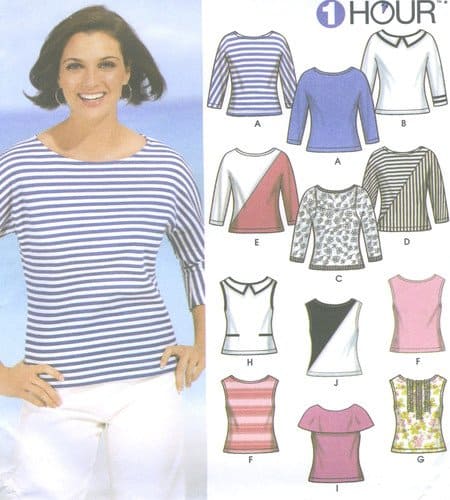
I think the place where our plan-to-sew-but-never-get-around-to-it idea falls short is in having above-average expectations. For example, you see a One Hour Sewing Pattern; you know you can grab an hour sometime during the week so you pick up the pattern, fabric, and all of the notions.
The reality is this: The pattern pieces can likely be assembled in one hour, but the entire process will take more like four hours. The pattern needs to be trimmed and, likely, altered. Maybe a muslin should be attempted first. The fabric may need washing and drying. The pattern pieces will all need to be cut out. You get the idea.
Instead, break down all of the steps to this project into bite-size units. The first unit would be trimming the pattern. The second unit would be altering the pattern to fit your body. And on and on. Take those small units of time and accomplish the steps. You’ll be a much happier sewist if you do, I promise.
The Sewing Space-Time Continuum
True story. Recently, I had planned to go to the fitness center and work out for an hour. Before going, I thought I’d snag a few sewing minutes so, I trotted upstairs and began working on an ongoing project. I was so lost in the Sewing Space-Time Continuum that I had no idea what time it was when my husband came home from work. I hollered from upstairs, “Are you OK? Why are you home so early?”
In reality it was well past 5 pm, but I thought it was more like 2 pm. On the positive side, exercise was averted and sewing was accomplished.
Your turn. Where do you find time to sew? How do you avoid the Sewing Space-Time Continuum?



